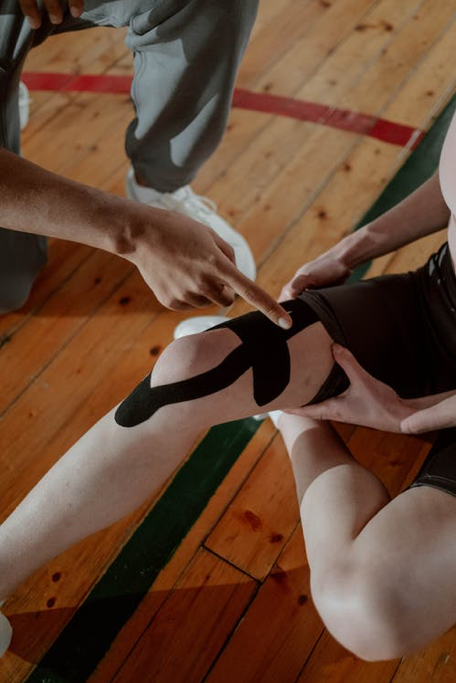 ActiveCare Physical Therapy, PC
ActiveCare Physical Therapy, PC
29 West 38th Street
Suite 601
New York, NY 10018

Meniscus Injuries, Causes & Treatments
What are meniscus injuries? The knee is made up of numerous components that all fit together and cooperate to enable motion and the capacity to run and walk. The knee is occasionally susceptible to injury due to its intricate network of muscles, nerves, bones, and other parts. While some wounds may be minor and heal in a matter of weeks, some wounds may be more severe and require surgery to heal correctly.
The meniscus is a specific area deep in the knee that can give the feeling of a the knee being sore. Here is a deeper analysis into understanding what the meniscus is, how it may be hurt, and the best ways to recover from injury:
What is the Meniscus?
Two cartilage components, each with a c-shape and similar to a labrum, are located inside the knee. The meniscus, which consists of this spongy yet firm material, acts as a cushion to help the joint be protected from damage. The meniscus helps to balance the weight that is put on the knee in addition to serving as protection against compression.
The outer edge of the meniscus is vascularized (has a blood supply) while the inner edge is not. The meniscus plays a significant function in the knee and can become injured, resulting in various issues. They are susceptible to damage in a variety of ways. For example, a person may tear their meniscus by making a quick motion with their knee while having their feet firmly planted in a different place from the position of the knee or from repetitive stress on it.
Types of Meniscus Injuries
Here are some of the most common kinds of meniscus injuries:
Longitudinal Tears: These tears are also called bucket handles, and they are located around the long axis of your meniscus, often displacing your inner margin and flipping up like a bucket handle.
Horizontal Tears: These tears are located horizontally on the same axis of the meniscus tissues.
Radial Tears: These tears start radiating from your medial rim to the lateral rim of your meniscus.
Oblique Tears: These are total thickness and length tears that run obliquely from your inner edge of the meniscus out into the body of your meniscus.
Complex Tears: These tears are a rare combination of more than one type of any of the tears mentioned above.
Symptoms of Meniscus Injuries
The symptoms of meniscus injuries can be medium to severe. Here are some significant symptoms:
- Instability
- Locking or catching
- Swelling
- Pain
- Weakness
- Popping or clicking
- Tenderness at the joint line
- Decreased knee range motion
Treatment for Meniscus Injuries
The extent of the damage will determine how to treat a meniscus tear. A meniscus tear may typically be treated with anti-inflammatory medications and physical therapy sessions. In addition to reducing inflammation, this will also assist in maintaining muscle mass that supports the knee joint.
You can recover quickly when these therapies are applied in a few weeks. If the injury is much more significant but insufficient to require surgery, it might take a little longer. A doctor can prefer to suggest surgery to the patient if the meniscus injury is serious and does not respond to conservative care. In such a scenario, the patient might also be unable to engage in their usual activities until the injury fully recovers.
Meniscus Injuries: Conclusion
Meniscus injuries require physical therapy or surgery, depending on the severity of the injury, your level of function and your goals in activities or exercises. If you want the best option for your meniscus injury, contact us at ActiveCare Physical Therapy®. Or you can also call us at (212) 777-4374. We would love to hear from you!
ActiveCare Physical Therapy ©
29 West 38th Street
Suite 601
New York, NY 10018
(212) 777-4374
staff@bestptnyc.com


